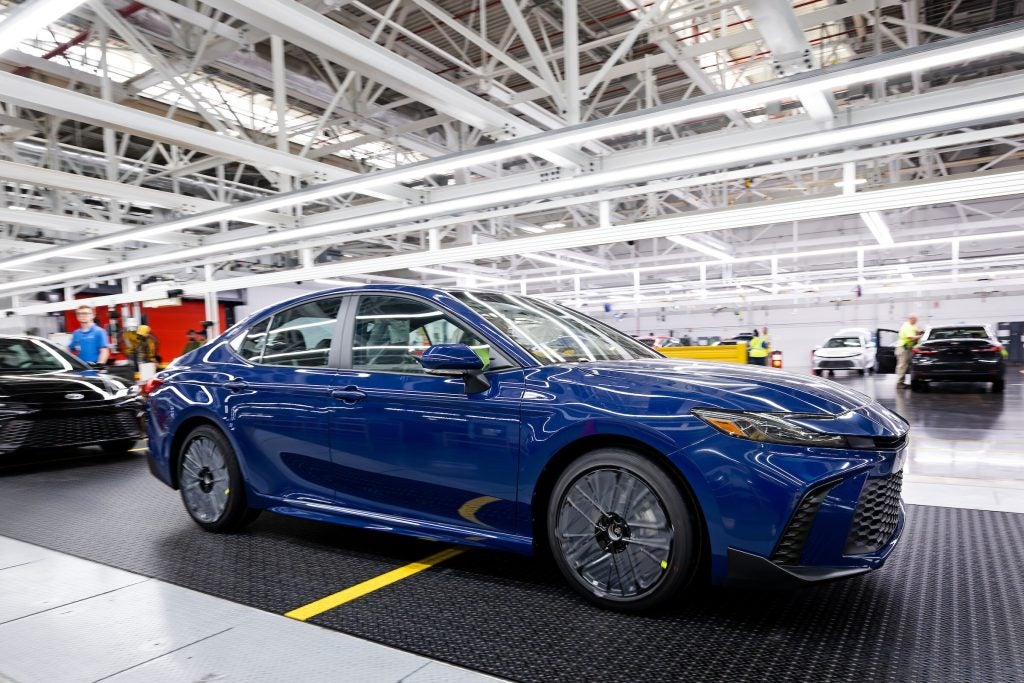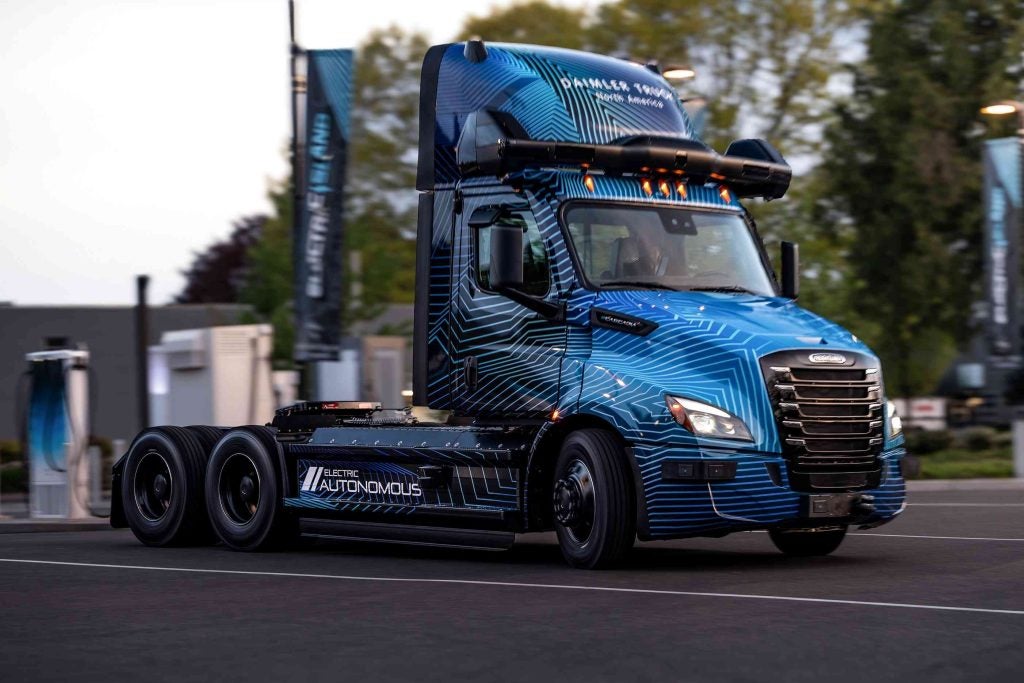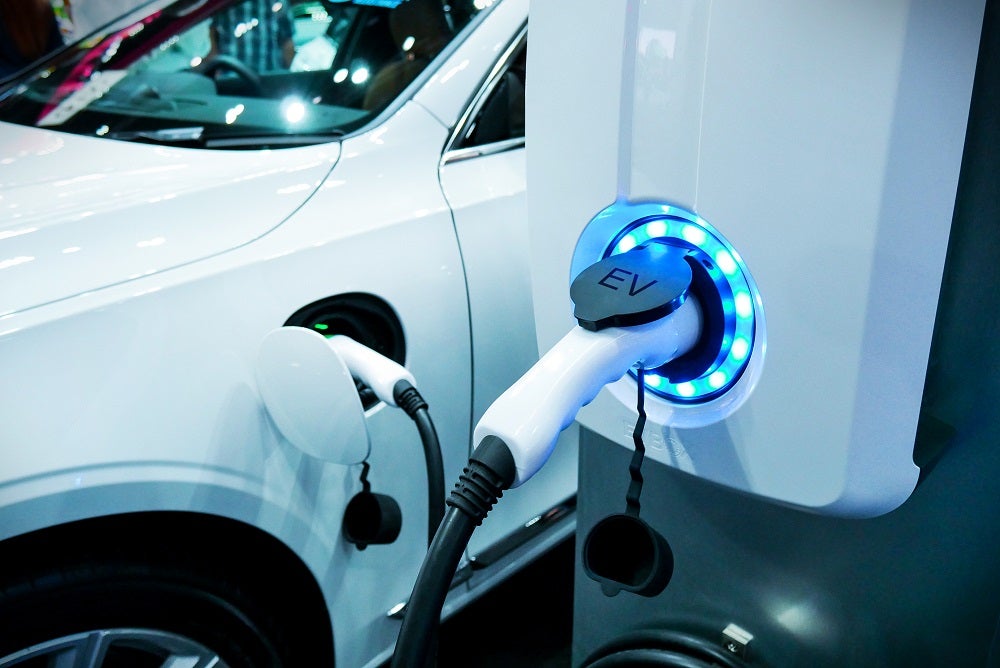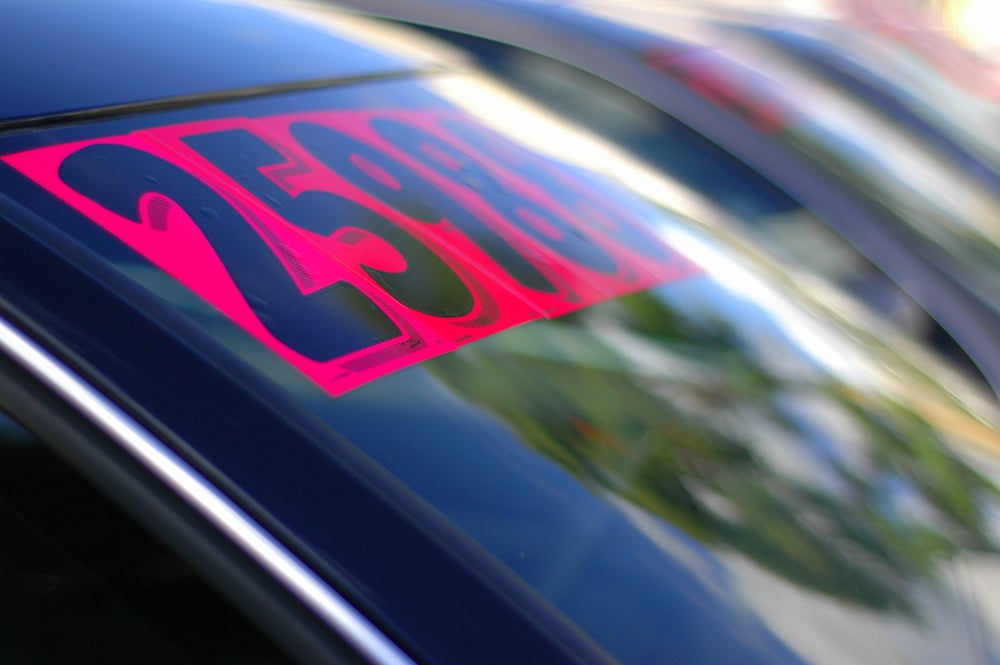
Technology typically used by top sport stars to raise their game, or ensure their signature skills are accurately replicated in leading video games, is now being used on an auto assembly line.
Employees at Ford's Valencia engine assembly plant, in Spain, are using a special suit equipped with advanced body tracking technology. The pilot system, created by the automaker and the Instituto Biomecánica de Valencia, has involved 70 employees in 21 work areas.
Player motion technology usually records how athletes sprint or turn, enabling sport coaches or game developers to unlock the potential of sport stars in the real world or on screen. Ford is using it to design less physically stressful workstations for enhanced manufacturing quality.
"It's been proven on the sports field that with motion tracking technology, tiny adjustments to the way you move can have a huge benefit," said Javier Gisbert, production area manager at the plant.
"For our employees, changes made to work areas using similar technology can ultimately ensure that, even on a long day, they are able to work comfortably."
Engineers took inspiration from a suit they saw at a trade fair that demonstrated how robots could replicate human movement and then applied it to their workplace, where production of the new Transit Connect and two-litre EcoBoost Duratec engines began this month.
How well do you really know your competitors?
Access the most comprehensive Company Profiles on the market, powered by GlobalData. Save hours of research. Gain competitive edge.

Thank you!
Your download email will arrive shortly
Not ready to buy yet? Download a free sample
We are confident about the unique quality of our Company Profiles. However, we want you to make the most beneficial decision for your business, so we offer a free sample that you can download by submitting the below form
By GlobalDataThe skin-tight suit consists of 15 tiny movement tracking light sensors connected to a wireless detection unit. The system tracks how the person moves at work, highlighting head, neck, shoulder and limb movements. Movement is recorded by four specialised motion-tracking cameras – similar to those usually paired with computer game consoles – placed near the worker and captured as a 3D skeletal character animation of the user.
Specially trained ergonomists then use the data to help employees align their posture correctly. Measurements captured by the system, such as an employee's height or arm length, are used to design workstations, so they better fit employees.
Ford is now considering further rollout to its other European manufacturing facilities. It is part of work – under way since 2003 – to reduce the injury rate for its employees worldwide through the introduction of ergonomics technologies and data-driven process changes.







